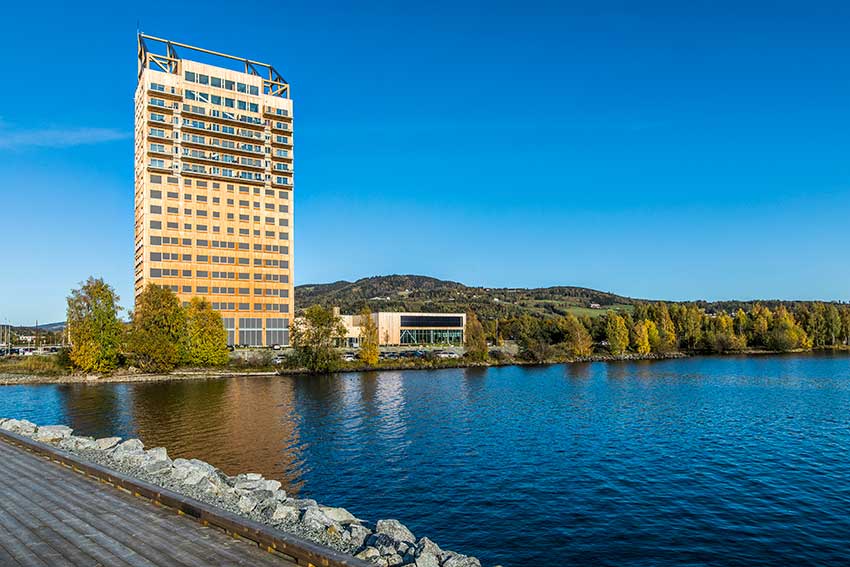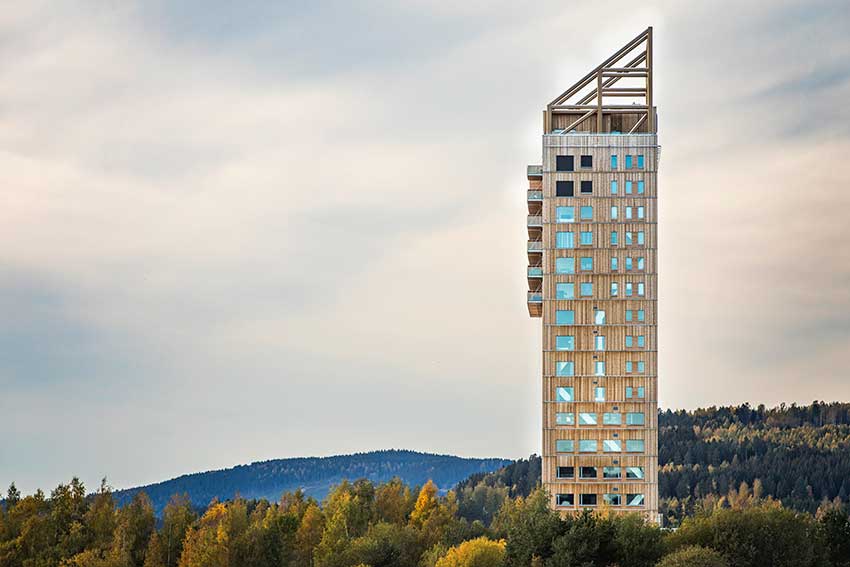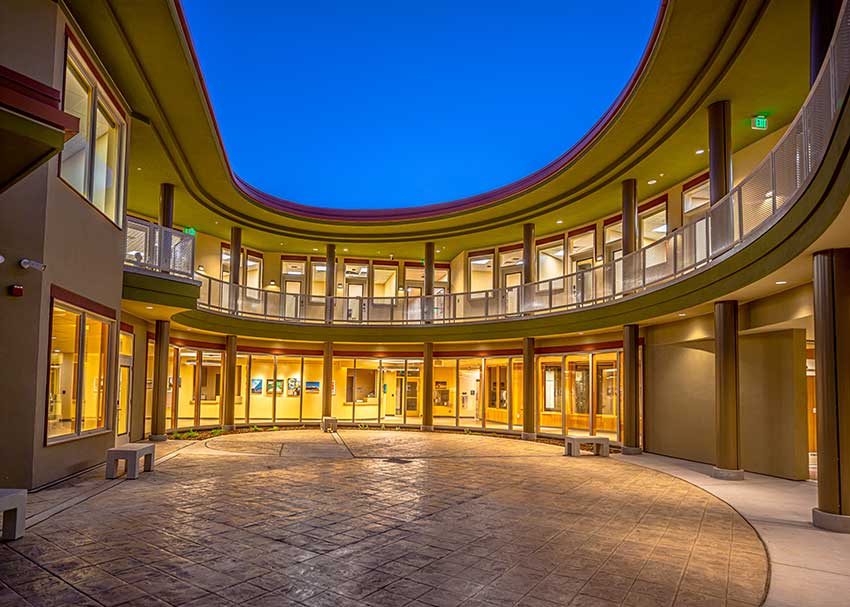Maximizing Returns in Real-Time
 1 AIA LU/Elective; 0.1 ICC CEU; 1 IIBEC CEH; 0.1 IACET CEU*; 1 AIBD P-CE; AAA 1 Structured Learning Hour; This course can be self-reported to the AANB, as per their CE Guidelines; AAPEI 1 Structured Learning Hour; This course can be self-reported to the AIBC, as per their CE Guidelines.; MAA 1 Structured Learning Hour; This course can be self-reported to the NLAA.; This course can be self-reported to the NSAA; NWTAA 1 Structured Learning Hour; OAA 1 Learning Hour; SAA 1 Hour of Core Learning
1 AIA LU/Elective; 0.1 ICC CEU; 1 IIBEC CEH; 0.1 IACET CEU*; 1 AIBD P-CE; AAA 1 Structured Learning Hour; This course can be self-reported to the AANB, as per their CE Guidelines; AAPEI 1 Structured Learning Hour; This course can be self-reported to the AIBC, as per their CE Guidelines.; MAA 1 Structured Learning Hour; This course can be self-reported to the NLAA.; This course can be self-reported to the NSAA; NWTAA 1 Structured Learning Hour; OAA 1 Learning Hour; SAA 1 Hour of Core Learning
Learning Objectives:
- Describe the recent advances in technology that promote a collaborative design environment by using real-time enabled software.
- List the financial benefits that design firms can enjoy through real-time collaboration, including team recruitment and retention.
- Discuss the positive impact that real-time collaborative design software has had on the inclusion of sustainable design practices.
- Explain how a real-time design environment can provide more opportunities to include elements that improve the health and well-being of occupants.
This course is part of the Business of Architecture Academy
Case Study: Mjøstårnet
The tallest timber building in the world sits on the bank of Norway’s Lake Mjøsa in the town of Brumunddal, just 140 km from Oslo. It’s a majestic and artistic design, created by Volle Arkitekte, an architecture firm based in Trondheim. The 18-floor, nearly 295-foot-high, mixed-use building is composed of a hotel, office spaces, and apartments, plus public viewing terrace, public swimming pool, and restaurant. It required an unparalleled level of skill to build an all-wood building on this scale with such efficiency and achieve the goal of becoming a model for sustainability—and it could not have been done without BIM.

Photo courtesy of Volle Arkitekte
The tallest timber building in the world, situated on the bank of Norway’s Lake Mjøsa, required unparalleled skill and BIM software to build on this scale with such efficiency and achieve the goal of becoming a model for sustainability.
Volle Arkitekte, a 24-employee firm, challenged themselves with this project to prove it could be done and to provide leadership in the “green shift” many architects know needs to take place within the industry. The high-profile project constitutes the first time in modern history of a project on this scale in which the materials and expertise were sourced locally and sustainably.
Brumunddal is famous for its forestry and wood processing. Using wood from and processing in the area meant cutting down and transporting wood, supporting the local economy, while also providing a demonstration for how projects could source locally. Sustainable management is imperative to this kind of model project. The firm wanted to support sustainable practices, and wanted to do it in Norway, where foresters are required to facilitate new growth when forests are harvested.
Spruce was grown and harvested, cut into boards at the local mill, and made into glulam products nearby. Elements for the building were created at a manufacturer located just across the street from the site.
BIM played an important role in maintaining the sustainable integrity of the project. With so much care taken at the beginning to facilitate sustainable practices, the design and construction process needed be time efficient, reduce material waste, and result in a building that would stand the test of time. Keeping track of the dimension and placement during the design phase was essential to the workflow. BIM models were able to show how to place the diagonal trusses in conjunction with windows in a way that they did not steal daylight.
Once Volle Arkitekte completed the design, the local construction company they worked with was able to import the IFC model into their software and used that to prepare the beams, trusses, and columns into production units. These were coded and bundled together and shipped to the site without any trial assembly. Given the complexity of joinery and uniqueness of each piece and the precision required to put them together, this might have seemed like a risky move. But the BIM model integrated the design with construction documents and precise manufacturing so well that only one of several hundred glulam elements had to be re-machined. Having all the details in order from beginning to end, in a single BIM model that could be molded and scrutinized from the beginning, allowed for savings in transportation and fabrication costs and resulted in very little materials waste because there were very few errors.
Another sustainability aspect was the use of acid-proof steel for each floor’s visible flashing. The material prevented rust drippings that could have affected the cladding and deteriorated it over time. The designers and engineers also specified vertical board panels with extra vertical tracks that would help control any dripping from surfaces due to weather. The BIM model was able to show exactly how the building would handle weather and aging impacts, and the designers were able to create solutions from the beginning that would impact the longevity of the building—providing it another level of sustainability.
There were also important safety factors built into the 3D model: The overall terrain level was raised to withstand a 200-year flood, making sure that residents and users of the tower had a secure escape route in case of a flood.
Assembly of the Mjøstårnet was done by crane, with four to five floors lifted at a time. It took just one year to erect the complex building simply because so much efficient work was done in the BIM design process, which created efficiencies down the line and resulted in a timeline that benefited the project, cutting costs and energy needs.
It’s important to note that the design itself reflects sustainable values. From the public viewing decks on the 18th and 19th floors, a person can look out and see the forests of spruce trees from which the building is made and the mills where it was processed. The wooden beams of the building are not just functional, they are part of the design, as are the glulam trusses that stretch from ground floor to top and are visible through the windows. All these elements are aesthetic and meant to create a “readable facade” with a purpose. They serve as a representation of sustainability and a connection to nature—and a statement that is meant to encourage other designers to build in sustainable ways.
Improving Comfort And Aesthetics Through Creative Collaboration
Indoor environmental quality (IEQ) refers to the quality of a building's interior environment in relation to the health and well-being of those who occupy it. Components of IEQ include indoor air quality (IAQ), lighting and daylighting, aesthetics, and acoustics, all of which are important elements for architects to consider. When IEQ is poor, occupants suffer long-term and short-term physical and mental effects. According to the U.S. Environmental Protection Agency (EPA), Americans spend, on average, about 90% of their time indoors. For this reason, IEQ design becomes even more crucial.
Furthermore, the people most susceptible to adverse effects of poorly designed spaces—the very young, older adults, and people with medical conditions—tend to spend even more time indoors.
Poor IEQ can affect communication, concentration, and sleep, leading to stress responses such as high blood pressure. New research has shown that aesthetics, daylighting, and other IEQ components are particularly important for healthcare, education, and office designs—in other words, where people heal, learn, and work.
IEQ has become a gold standard for design. As people head back to the workplace, and schools and medical centers adjust to new standards for the health, safety, and well-being of their occupants, architects must stay on the cutting edge for specifying materials to achieve those designs.
Real-time collaborative design meetings allow for a more creative workflow and the opportunity to include innovative design elements that support IEQ. With 3D visualization, designers, architects, and MEP/structural engineers can identify opportunities for natural lighting and ventilation, biophilic design, and other elements that meet IEQ goals. Using visualization, they can see how these design choices will impact the experience of occupants before construction begins.

Photo courtesy of Volle Arkitekte
The town of Brumunddal, Norway, where Mjøstårnet was built, is famous for forestry and wood products, which allowed for a BIM model involving sustainable practices that support the local economy and provide green building leadership.












